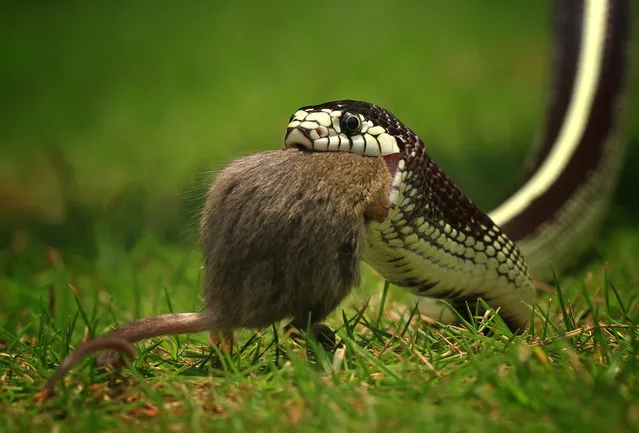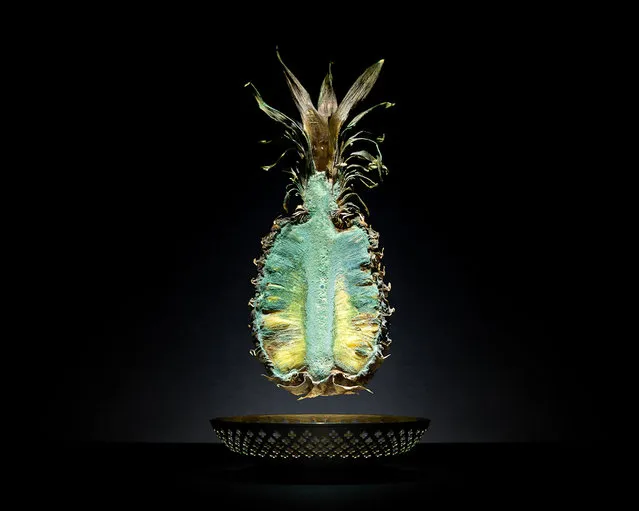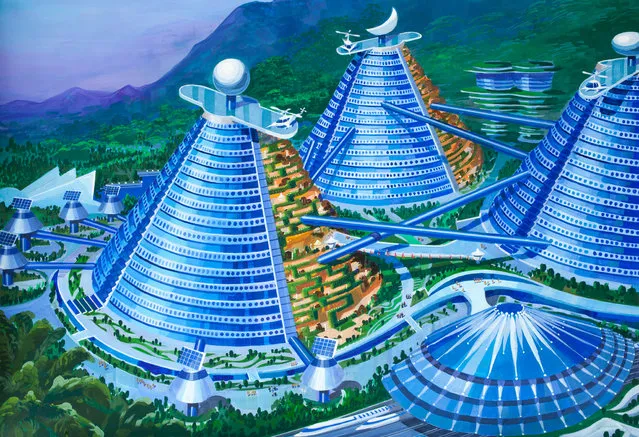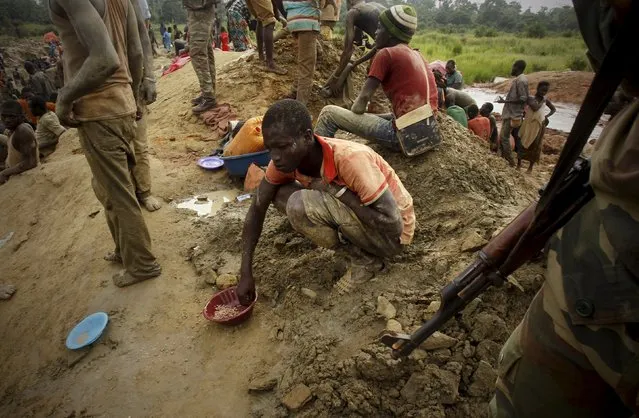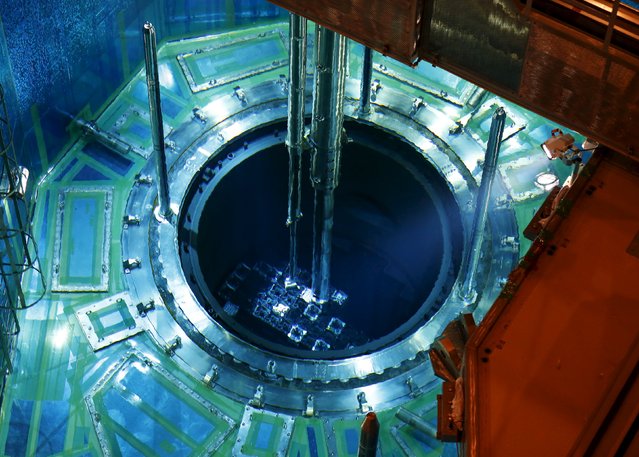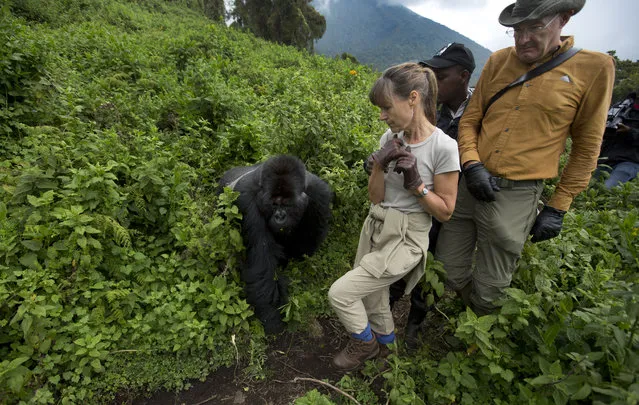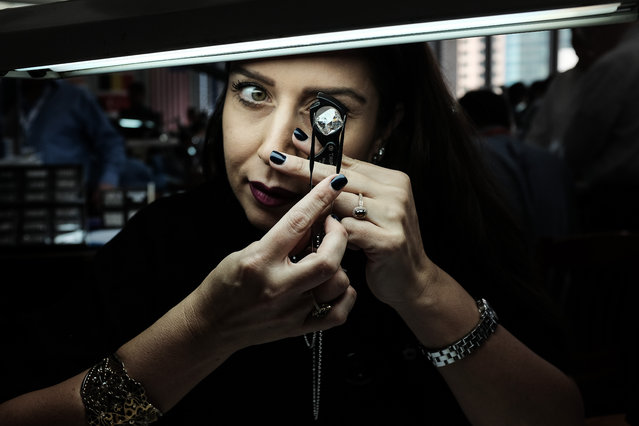
Four hundred buyers from around the world join 260 diamond manufacturing and trading firms on International Diamond Week as some 1,500 people are expected to trade more than billion of polished diamonds this week in Ramat Gan, Israel on February 16, 2016. The Israel Diamond Exchange is considered the most secure in the world, covering an area of 100,000 square meters with 3,500 bourse members. (Photo by Nir Alon via ZUMA Wire)
17 Feb 2016 10:38:00,post received
0 comments

